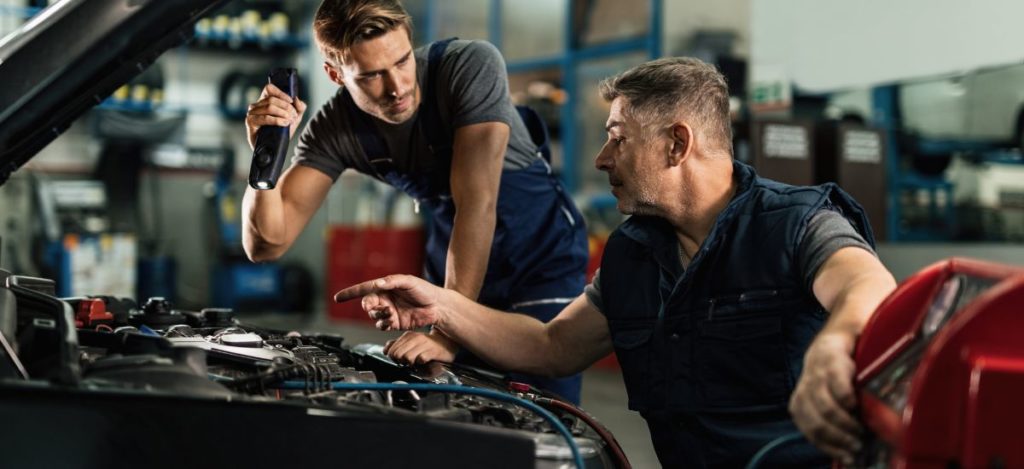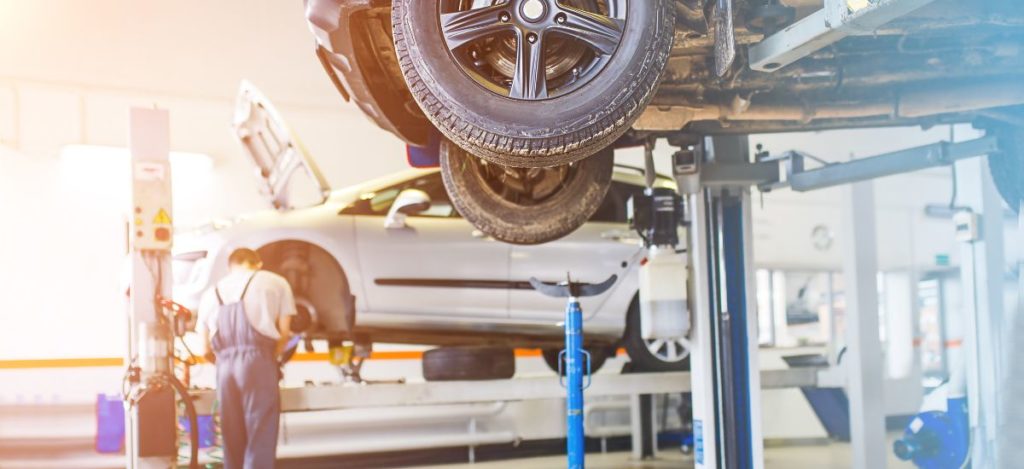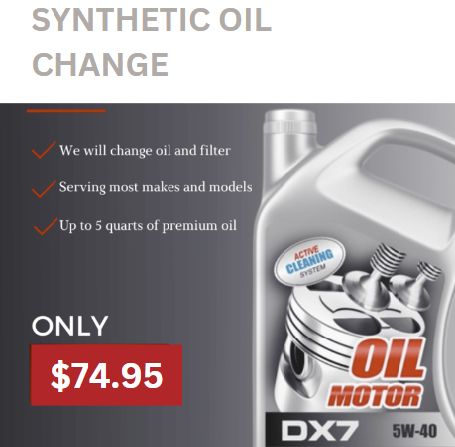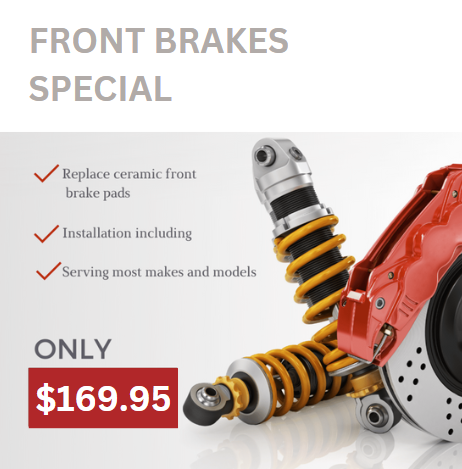Essential Preventive Measures for Brake System Efficiency
When it comes to driving, safety should always be your top priority. One essential component of a safe driving experience is the brake system. A properly functioning brake system ensures your safety and that of other motorists and pedestrians on the road. This comprehensive guide by Dr. Brakes will cover all you need to know about brake system efficiency. We will explain why it’s important, look at the various types of brake systems, identify critical components, and discuss how good driving habits can contribute to its longevity.
Additionally, we will delve into recognizing wear and tear in brake systems and highlight essential preventive maintenance steps to prolong their efficiency. Finally, we will discuss when to seek professional help for your brake system.
Understanding the Braking System
Understanding your brake system is crucial for safe driving. The brakes provide the means to slow down or stop your vehicle when needed, making them a vital component of your car’s safety equipment. Typically, a brake system consists of several key components, including brake pads, rotors, calipers, and brake fluid.
Knowing how these elements work together and recognizing signs of brake wear or malfunction can help you ensure that your brakes are in good working condition, reducing the risk of accidents and ensuring a smoother, safer ride. Regular maintenance and periodic brake system inspections are essential to keep you and your passengers safe on the road.
Regular Brake Inspections: The Foundation of Prevention
Just as you visit a doctor for regular check-ups, your vehicle needs periodic assessments to ensure its health. Regular brake inspections are the cornerstone of brake maintenance. It’s a good idea to schedule these inspections every 12,000 to 15,000 miles or as your vehicle’s manufacturer recommends.

During a brake inspection, a qualified technician will:
- Check the brake pads and shoes for signs of wear.
- Inspect the brake rotors and drums for damage or corrosion.
- Examine the brake lines and hoses for any leaks or signs of wear.
- Ensure the master cylinder reservoir has the correct fluid level.
By closely monitoring these components, you can catch any issues early and address them before they lead to brake failure. Regular brake inspections provide peace of mind and save you from expensive repairs.
Signs of Brake Wear: Listening to Your Vehicle
Your vehicle often communicates its health through subtle signs and sounds. Recognizing these signs can help you address brake wear before it becomes a severe problem. Some common signs of brake wear include:
- Squeaking or squealing noises: When you apply the brakes, high-pitched noises can indicate worn brake pads. Many brake pads have wear indicators that make this noise when they reach the end of their lifespan.
- Grinding noises: A grinding sound typically means that the brake pads have worn down to the metal, and the metal is now grinding against the rotor. This is a serious issue that requires immediate attention.
- Vibrations or pulsations: If you feel your brake pedal vibrating or pulsating when you apply the brakes, it may be a sign of warped brake rotors. Warped rotors can reduce braking efficiency and should be addressed promptly.
If you notice any of these signs, don’t ignore them. Addressing brake wear promptly can prevent further damage and ensure optimal brake performance.
Brake Fluid: The Lifeblood of Your Braking System
Brake fluid plays a critical role in the operation of your braking system. It transmits the force from the brake pedal to the brake components, allowing your vehicle to stop effectively. Over time, brake fluid can become contaminated with moisture, air, and debris, compromising performance.
To maintain your brake fluid in top condition:
- Check the fluid level: Periodically inspect the master cylinder reservoir to ensure the brake fluid is correct. Be cautious not to overfill.
- Brake fluid flush: Depending on your vehicle’s manufacturer recommendations, it’s essential to have your brake fluid flushed and replaced regularly. This process removes and replaces old, contaminated fluid with fresh, clean fluid.
- Use the correct type of brake fluid: Different vehicles require different types of brake fluid. Consult your vehicle’s manual or a qualified technician to ensure you’re using the correct type for your vehicle.
Proper brake fluid maintenance ensures your brakes operate at their best, even in extreme conditions.
Driving Habits: The Key to Brake Longevity
Your driving habits play a significant role in the lifespan of your braking system. Here are some tips to help you preserve your brakes:
- Avoid hard braking: While there are times when hard braking is necessary to avoid an accident, try to anticipate stops and apply gentle, gradual pressure on the brake pedal whenever possible. Hard braking generates more heat and wear on the brake components.
- Maintain a safe following distance: Keeping a safe distance from the vehicle in front of you allows you to slow down gradually instead of slamming on the brakes frequently.
- Reduce speed: Slowing down gradually when approaching intersections or turns reduces the need for heavy braking and extends the life of your brake components.
Brake Maintenance in Extreme Conditions
If you frequently drive in extreme conditions, such as off-road, in hilly terrain, or in areas with severe weather, your brakes may require more frequent maintenance. These conditions can accelerate brake wear and deterioration.

In extreme conditions:
- Increase the frequency of brake inspections: Schedule more frequent brake inspections to catch any issues early.
- Consider aftermarket brakes: Upgrading to high-performance or aftermarket brakes can provide better durability and braking performance in extreme conditions.
- Watch for signs of corrosion: Moisture, salt, and other environmental factors can lead to corrosion on brake components. Inspect your brakes for signs of corrosion and address it promptly.
Preventing Brake Problems: A Recipe for Peace of Mind
Preventing brake problems isn’t just about avoiding costly repairs; it’s about ensuring your safety on the road. With the proper preventive measures, you can enjoy peace of mind knowing that your braking system is in top shape. Here’s a quick recap of the essential steps to maintain optimal brake performance:
- Schedule regular brake inspections: These are the foundation of brake maintenance and should not be skipped.
- Stay alert to signs of brake wear: Listen to your vehicle and promptly address any unusual sounds or sensations.
- Maintain your brake fluid: Monitor the fluid level and follow the manufacturer’s recommendations for brake fluid flushes.
- Adopt safe driving habits: Drive to minimize stress on your brakes, such as avoiding hard braking and maintaining a safe following distance.
- Tailor maintenance to extreme conditions: If you drive in challenging environments, increase the frequency of inspections and consider high-performance brake components.
- Perform DIY checks: Regularly inspect your brakes between professional inspections to catch issues early.
By following these preventive measures and maintaining your braking system, you not only ensure your safety but also extend the lifespan of your brakes and reduce the likelihood of expensive repairs.
In conclusion, your braking system is an essential component of your vehicle that deserves your attention and care. Preventive measures may require some time and effort, but they are a small price to pay for the peace of mind and safety they provide. Remember, an ounce of prevention is worth a pound of cure when it comes to your brakes. Drive safely, stay vigilant, and keep your brakes in shape for a worry-free journey.


